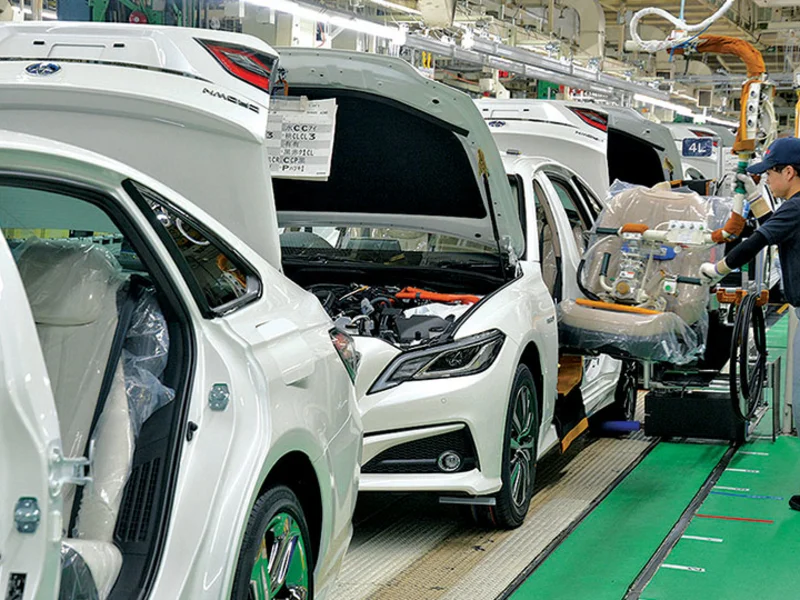There are many different types of machining, but one of the most important is CNC turning. This type of machining is used to create cylindrical parts with various textures and finishes. It’s a critical part of any manufacturing process, and it can be used for a wide range of applications. We’ll look closely at CNC turning and discuss why it’s so important.

Contents
What is CNC turning, and what are its benefits?
CNC turning is a type of machining that uses computer numerically controlled (CNC) technology to create cylindrical parts. It’s a versatile process that can create parts with various textures and finishes. The benefits of CNC turning include:
Increased accuracy: CNC turning allows for greater accuracy than other types of machining. It means that parts will fit together more precisely, saving time and money in manufacturing.
Increased productivity: CNC turning is a fast and efficient way to produce parts. It can lead to increased productivity in the manufacturing process.
Increased flexibility: CNC turning allows for a great deal of flexibility in the design of parts. It means that parts can be customized to meet a customer’s or application’s specific needs.
Why CNC turning is so important
CNC turning is an essential part of machining because it offers high accuracy, productivity, and flexibility. It is ideal for various automotive, aerospace, and medical industries. In addition, CNC turning can create parts with various textures and finishes. It makes it a versatile process that can be used to create parts that meet a customer’s or application’s specific needs.
The history of CNC turning and how it has evolved over the years
CNC turning is a relatively new technology that has only been around for a few decades. Nevertheless, it has soon become a crucial aspect of the machining process. The first CNC turning machines were developed in the 1950s and 1960s. These early machines were large and expensive, and many manufacturers only used them.
Over the years, CNC turning technology has evolved rapidly. Today’s CNC turning machines are smaller, more affordable, and more versatile than ever. In addition, advances in computer technology have made it possible to create more complex parts with a higher degree of accuracy. As a result, CNC turning is now used by many industries, from automotive to aerospace to medical.
What the future holds for CNC turning
The future of CNC turning is very bright. As technology evolves, CNC turning machines will become more affordable and versatile. In addition, CNC will continue expanding into new industries and applications. CNC turning will play an increasingly important role in the machining process.
How to select the suitable CNC machine for your needs
There are many CNC machines on the market, and it can be challenging to know which one is right for your needs. Listed below are a few things to think about while choosing a CNC machine:
The type of CNC turning parts you’ll be machining: There are different types of CNC machines for different types of parts. If you are machining large parts, you’ll need a different machine than if you’re machining small parts.
The degree of accuracy you need: Some CNC machines are more accurate than others. If you need a high degree of accuracy, you’ll need to select a machine that offers that level of precision.
The speed at which you need to produce parts: Some CNC machines are faster than others. If you need to produce parts quickly, you’ll need to select a machine that can keep up with your production demands.
No matter your needs, there’s a CNC machine that’s right for you. By selecting a suitable machine, you’ll be able to produce parts more efficiently and effectively.
Case studies of successful businesses that use CNC turning
CNC turning is a critical part of the machining process, and it’s crucial to ensure that parts are produced with a high degree of accuracy. That’s why quality control is such an essential part of CNC machining. There are various ways to achieve quality control in CNC machining, and the best method for a particular application will depend on the project’s specific needs.
One way to achieve quality control in CNC machining is through inspection tools. These tools can measure a part’s dimensions and check for defects. In addition, inspection tools can verify that a part meets the customer’s specifications or application.
Another way to achieve quality control in CNC machining is through process controls. Process controls help to ensure that a part is machined according to the correct procedure. Following the correct procedure can avoid mistakes and produce parts that meet the highest quality standards.
There are also different methods for achieving quality control in CNC machining. By taking the time to implement a quality control plan, you can ensure that your parts are manufactured with great accuracy and precision.